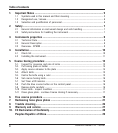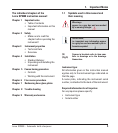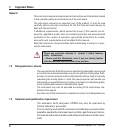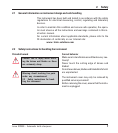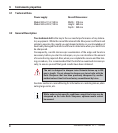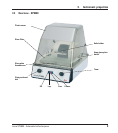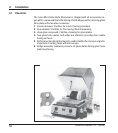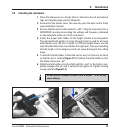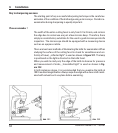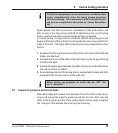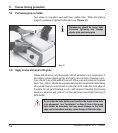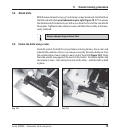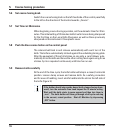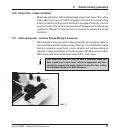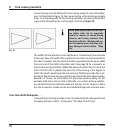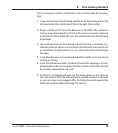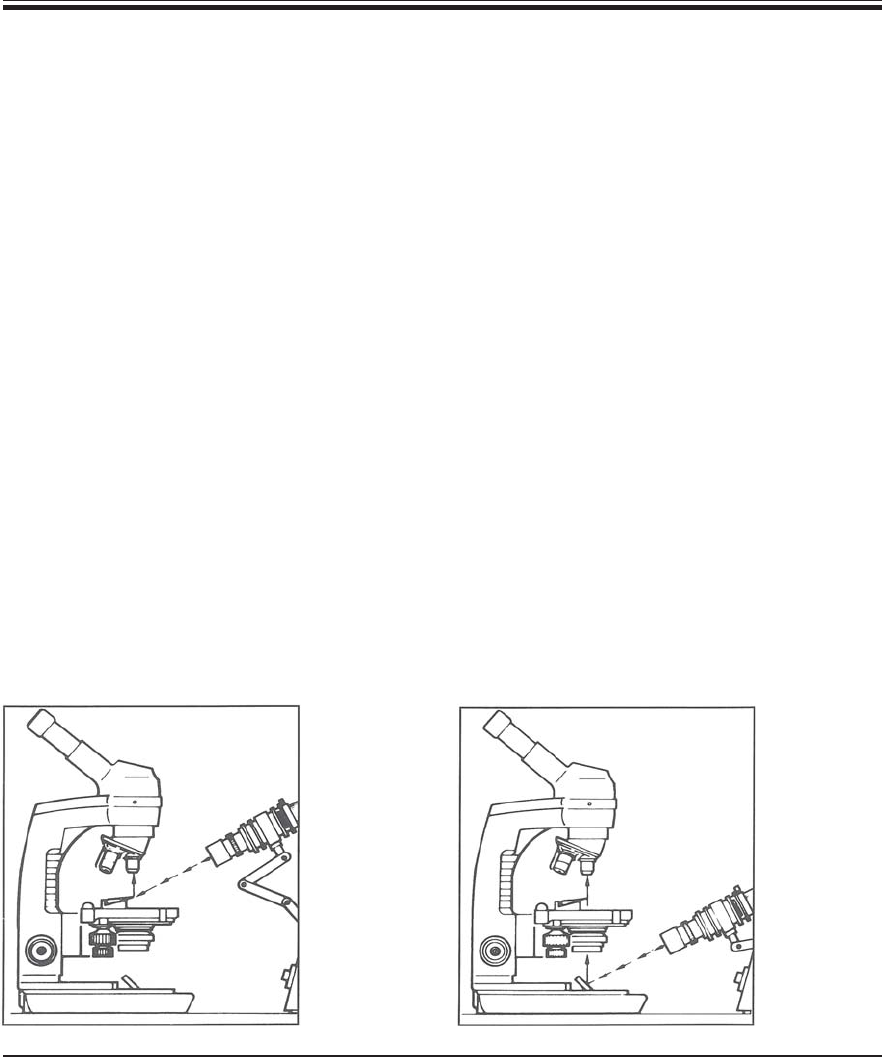
12
Instruction manual V2.2 – 08/2007
Key to sharpening success
The starting point of any successful sharpening technique is the careful ex-
amination of the condition of the knife edge using a microscope. Periodic re-
examination during sharpening is equally important.
Please remember !
The width of the entire cutting facet is only from 0.1 to 0.6 mm, and nicks in
the edge due to normal use are just a few microns deep. Therefore, there
simply is no satisfactory substitute for the use of a good microscope in knife
inspection. The microscope should be equipped with a measuring device
such as an eyepiece reticle.
There are two basic methods of illuminating the knife for examination: When
studying the surface of the cutting facet to check for smoothness and uni-
formity of bevel, „reflected light” is used as shown in Figure 12.1. The lamp
is positioned so the light is directed on the knife facet.
When you wish to study only the edge of the knife to observe for presence
and measurement of nicks, „transmitted light” is used as shown in Fig-
ure 12.2.
In both instances above, it is recommended that you examine the knife at
100 X resultant magnification. Always wipe the edge with a clean cloth moist-
ened with solvent such as xylene before examining.
Abb. 12.2
Abb. 12.1
4. Installation



